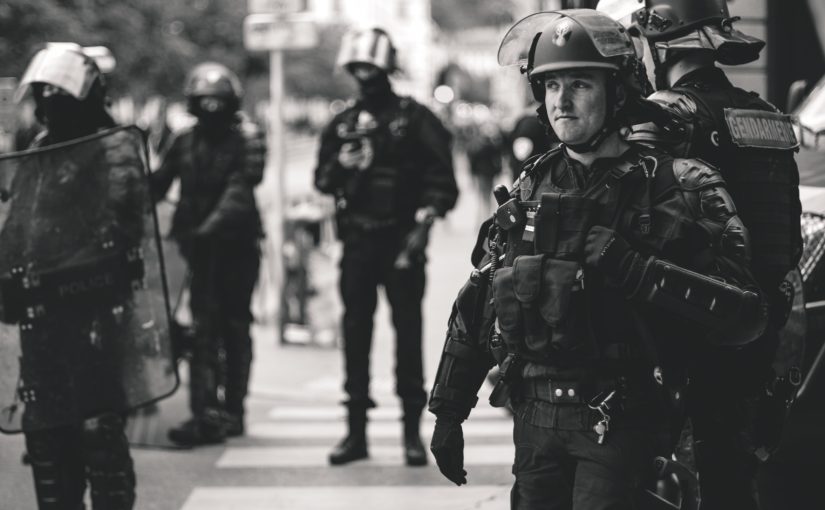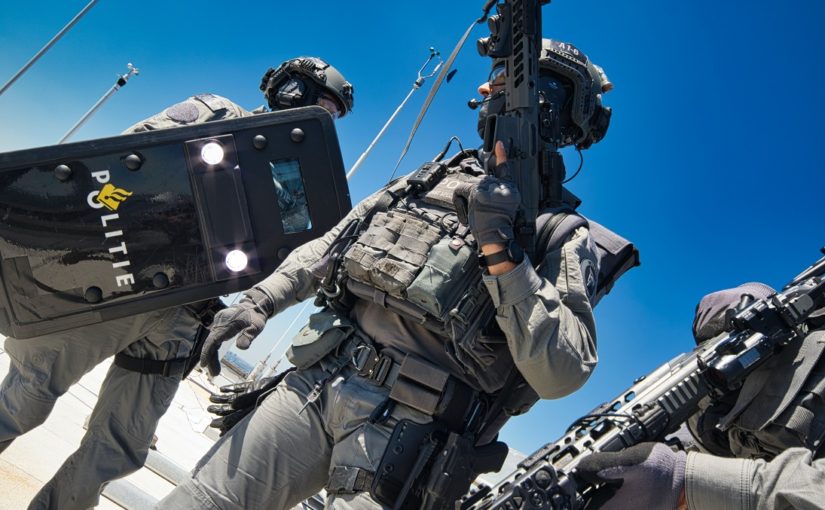As technology has progressed, the need for updated and advanced police equipment has become increasingly important. One of the most vital tools in law enforcement is the ballistic shield, designed to protect officers during high-stress situations from gunfire and other projectiles. Ballistic shields come in all shapes and sizes and are designed to provide varying levels of protection based on the severity of the situation. In this blog, we’ll be taking a deep dive into the manufacturing process of police ballistic shields, so that you can get an inside look at how this life-saving gear is made.
Shield Design – Ballistic shields come in a variety of shapes and sizes, with each design serving a specific purpose. Typically, a shield is made from a type of ballistic-resistant material, such as polycarbonate or a combination of materials, that can withstand various types of projectiles. Shield designs will also consider factors such as weight and ease of maneuverability, which are crucial when dealing with fast-paced and high-intensity situations.
Material Manufacturing – The specific materials used in a shield can vary based on the design and intended use. Polycarbonate panels are generally used in lightweight shields, while heavier shields may include various armor plates or additional layers of different materials. Manufacturing the materials involves cutting and shaping them, as well as heating and pressing them into different shapes. It’s a precise process that requires cutting and shaping tools and often involves injection molding or vacuum forming.
Assembly – Once the individual shield panels have been shaped and materials have been manufactured, the assembly process begins. This is where all of the different components are put together, including the handle or handles, viewing ports, and any other accessories or components that are specific to the design. During this process, the ballistic panels are fit into specially-designed compartments and fastened securely, typically with adhesive or screws.
Testing – Once the shield has been fully assembled, it undergoes rigorous testing to ensure its effectiveness. Manufacturers test the shields by firing various types of rounds at them from different angles, and verifying that the shield is still intact afterward. Different countries have varying standards for testing, but many involve firing high-velocity rounds at the shield from a specific distance and angle to see how it stands up against the impact. Any deficiencies or weaknesses will need to be addressed before the shield is given the green light for distribution.
Distribution – Once the completed shield has been fully tested and approved, it is ready for distribution. Depending on the manufacturer’s capabilities, this could mean shipping the shields all over the world or to specific departments, depending on their needs. Often, manufacturers will custom-design shields based on the department’s needs, with some departments opting for shields with added features such as lighting or communication devices.
The manufacturing process of police ballistic shields is a highly intricate and precise process that involves a variety of factors. From the design to the materials, assembly, testing, and distribution, each component must be of the highest quality to ensure that the finished product is effective and reliable. With these shields, law enforcement officers can have the added protection they need when entering high-risk, life-threatening situations. As technology continues to evolve, the manufacturing process of these vital tools will continue to advance, allowing for even more advanced protection and safety for our dedicated law enforcement professionals.
For more great articles, please click here.

